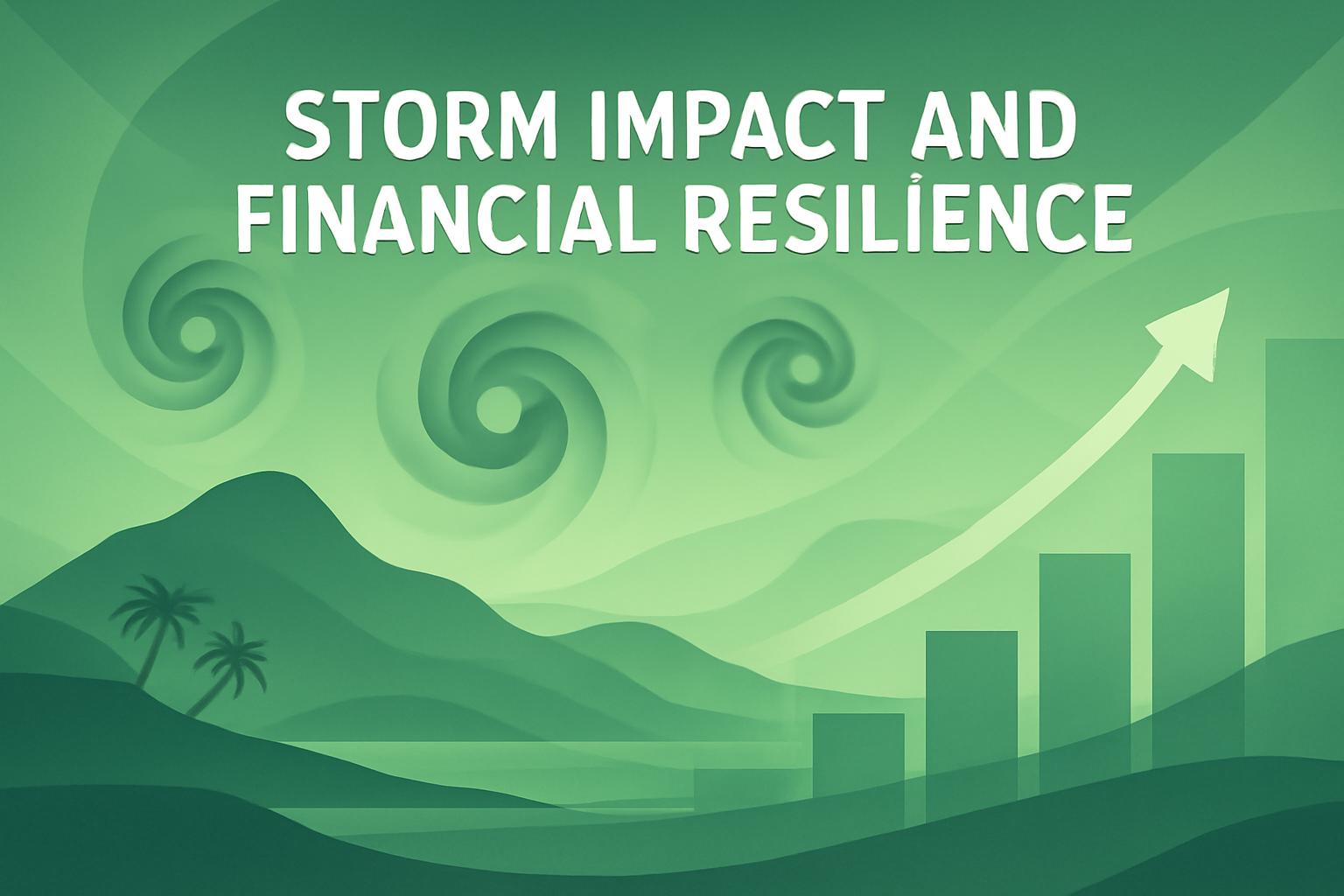Hurricane Melissa Triggers Jamaica’s $150 Million Catastrophe Bond
Hurricane Melissa, the most powerful Atlantic hurricane of 2025, struck Jamaica this week as a Category 5 storm. Its intensity has activated a $150 million catastrophe bond designed to provide immediate financial support for the island’s post-disaster recovery efforts. The bond, structured by Aon, offers parametric coverage to Jamaica against losses from named storms. This innovative financial instrument ensures funds are released rapidly when specific storm parameters are met, facilitating timely reconstruction and relief.
Parametric Coverage and Trigger Criteria
Jamaica’s catastrophe bond activates upon the hurricane meeting a central pressure threshold of 900 millibars or less at landfall. Early data from the National Hurricane Center indicates Hurricane Melissa’s pressure remained below this critical level across multiple locations. An independent calculation agent is currently verifying these readings. Once confirmed, the bond will trigger a full payout to support Jamaica’s recovery operations.
“While the final numbers are still being verified, the early signs suggest the transaction is doing what it was designed to do: getting critical funds to the country quickly after a major disaster,” said Chris Lefferdink, Aon’s head of insurance-linked securities for North America.
The verification process typically takes two to three weeks, with payouts expected to commence within approximately one month, significantly faster than traditional catastrophe bond settlements.
Jamaica’s Pioneering Role in Catastrophe Bonds
Jamaica is the first Caribbean government and the first small island state globally to independently sponsor a catastrophe bond. This milestone highlights the growing role of public-private partnerships in disaster finance. The bond was issued through the International Bank for Reconstruction and Development’s “capital at risk” program, which transfers natural catastrophe risks to capital markets, enabling swift access to funds post-disaster.
“What you have is a capital provider putting funds in the pool, an insurer putting the coupon for those funds in the pool [and] if the storm hits that criteria, they get the money in a much quicker fashion,” explained Edmund Reese, Aon CFO.
Catastrophe Bond Market Expansion
Catastrophe bonds and insurance-linked securities (ILS) emerged in the mid-1990s following Hurricane Andrew. Since then, the market has expanded rapidly, growing over 50% since late 2022 to nearly $55 billion in outstanding issuance. These instruments provide transparent, parametric insurance solutions that facilitate rapid relief following severe weather events, as evidenced by Jamaica’s recent activation. Jamaica narrowly missed triggering a separate catastrophe bond payout during Hurricane Beryl in 2024, despite suffering nearly $1 billion in damages, underscoring the importance of precise parametric triggers.
FinOracleAI — Market View
The successful activation of Jamaica’s $150 million catastrophe bond following Hurricane Melissa underscores the increasing viability of parametric insurance for small island developing states facing escalating climate risks. This financial mechanism enables rapid mobilization of resources, mitigating the economic shock of natural disasters.
- Opportunities: Enhanced disaster resilience through quicker access to capital, increased investor interest in catastrophe bonds, and growth in public-private partnerships for climate risk management.
- Risks: Dependence on accurate parametric triggers, potential delays in verification processes, and exposure to increasingly severe weather events exceeding bond limits.
Impact: Jamaica’s pioneering catastrophe bond activation represents a positive step towards financial innovation in disaster recovery, setting a precedent for other vulnerable nations to enhance climate resilience through market-based solutions.













